The Human Head
A normal human head has hair covering its top, rear and upper sides. It has two ears, one on each side of the head. The front of the head is called a face. A face consists of a forehead across the top of the face, two eyebrows at the bottom of the forehead, and two eyes, one under each eyebrow. Beginning between the eyes and extending downward is a nose. The nose has two openings at the bottom called nostrils. On either side of the nose are your cheeks. Below the nose are the upper and lower lips. The lips guard an opening called a mouth. Inside the mouth are top and bottom teeth which grow out of the gums. Growing from the bottom center of the mouth is a tongue. Behind the tongue is an opening called a throat which leads to the lungs and the stomach. Under the mouth is the front part of your lower jaw called a chin.
The head is connected to the rest of the body by the neck. In the front of the neck is a bump called your Adam's apple or voice box. This bump is much more noticeable in men than in women.
|
|
|
Hair terms
Hair can be straight, wavy, curly or kinky.
Hair can be blond, brown, black, gray, white or red. These colors can be divided into honey blond, strawberry blond, dirty blond, mousey brown, reddish-brown (auburn), grizzled (like the beard above), salt-and-pepper.
Hair can be long or short or medium length. It can be close-cropped or shoulder-length. It can be permed, teased, dreadlocked, styled or natural.
Many people, mostly females, change the color of their hair. They dye their hair or color their hair to give themselves a different appearance or to cover gray or white hair.
The person in the picture above has dark brown hair. (A woman with brown hair is called a brunette.) The hair above is slightly wavy and medium-length. The person also has a neatly-trimmed moustache and a grizzled beard.
Face terms
Faces come in various shapes. They can be oval, heart-shaped, round or square. Faces can be described as being beautiful, pretty, striking, cute, interesting, handsome, average, plain, homely or ugly,
There are many muscles in your face that allow you to form. many different expressions. By moving or tensing the muscles of your jaw, your lips, your eyes, your forehead and other parts of your face, you can look happy, sad, excited, curious, angry, bored, afraid, loving or worried.
Usually our faces form. these expressions on their own, based on the feelings we have at the moment. Actors, politicians and some criminals learn to form. various expressions with their faces that are not related to their emotions. That makes it difficult for others to know for sure what they are really thinking or feeling.
Some people claim to know what a person is thinking or feeling by the look in his eyes, but the eyes do not change. What people really notice is the tiny changes in the rest of the face that surround the eyes.
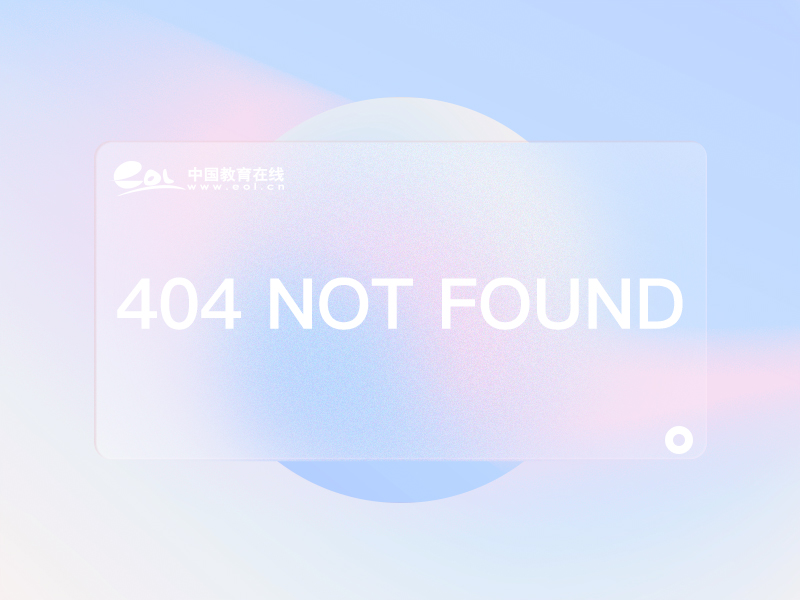
Your eyes have many different parts. Your eyelids are the skin coverings that slide down over your eyeballs when you blink. Eyelashes are short, curved hairs that grow from the bottom edge of your eyelids. Eyebrows are the short, curved hairs that grow above your eyelids. The colored part of your eyeballs is called the cornea. Corneas can be blue, green, brown, yellow, or a combination of colors. The pupil is a black dot in the center of your cornea. The pupil grows larger when the light is dim and smaller when the light is bright.
A person with no hair on his head is said to be bald. If there is hair on some parts of the head but not on others, that person is partially bald. A person who is loosing his or her hair over a period of time is said to be balding.
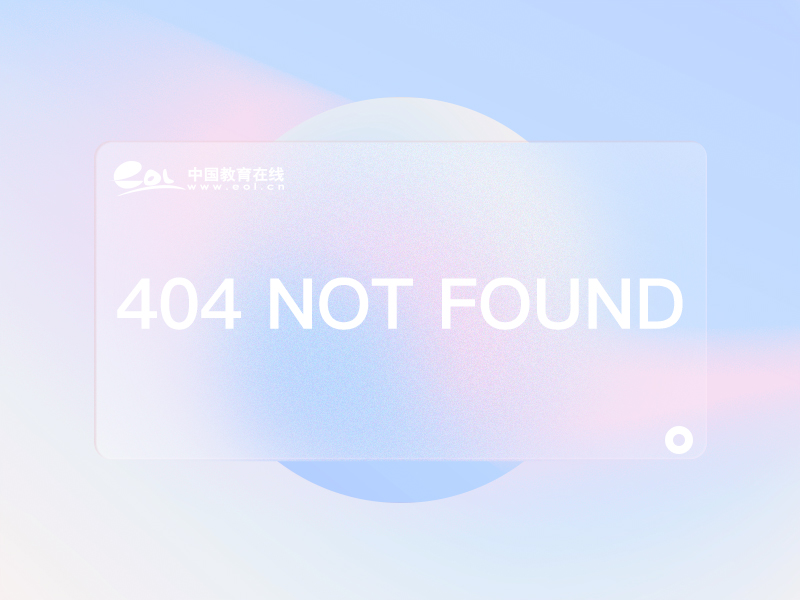
The glass or plastic lenses set in metal or plastic frames and supported by the nose and ears are called glasses, eyeglasses or spectacles. If the lenses have two or three sections in them, they are called bifocals or trifocals. Lenses that are placed directly on the eyeball are called contacts or contact lenses.
Below your neck is the part of your body called the torso. Sometimes it is just called 'your body'. The upper front part of your torso is called the chest. The chest is like a skin and muscle-covered cage. The cage is made of curved bones called ribs. Inside this cage are your lungs and your heart. Below the chest is the area called the abdomen. Sometimes this area is also called your stomach or belly. Inside the abdomen, or in the abdominal cavity, are located the actual stomach organ, the liver, the spleen, the large and small intestines, and the bladder. Women also have their uterus and ovaries in the abdominal cavity.
|
|
|
Below the back and on either side of the tailbone are fleshy mounds called buttocks. The buttocks provide padding when we sit down. There are many English words used to refer to a person's buttocks, but some of them are not very polite. Here are some that are not so bad: backside, rear end, butt, posterior, gluteus maximus (the name of the main muscle in the buttocks).
At the top center of the torso are two bones that slant down to the top center of the chest. These are called your collar bones, or clavicles. In the center of your chest is a flat bone called the breast bone or sternum. On both sides of a man's chest are dark circular patches of skin with a small bump in the center. This bump, and sometimes the whole dark patch, is called a nipple. Women have similar, but larger bumps, also called nipples, at the tips of fleshy mounds called breasts.
In the center of the abdomen is a round area of scar tissue called the navel or belly button. The area around your torso, below your ribs and passing over your navel is called your waist. The sides of your torso are called sides - left side or right side.
|
|
|
|
The upper part of your leg is called your thigh. At the bottom of the thigh is a joint called the knee which allows your leg to bend. On the front of the knee is a bone called the kneecap, or patella. The lower half of your leg is called your shin and the bone in the front of your lower leg is the shin bone. The back of your lower leg is called your calf. This mainly refers to the large muscle at the top rear of your lower leg. The lower leg ends at your ankle joint. Your foot is connected to the other end of the ankle. The back of the foot is a well-padded area known as your heel. The front of your foot ends in five toes, the largest one called your big toe and the smallest one called your little toe. The tops of the toes are protected by your toenails.
|
|
|








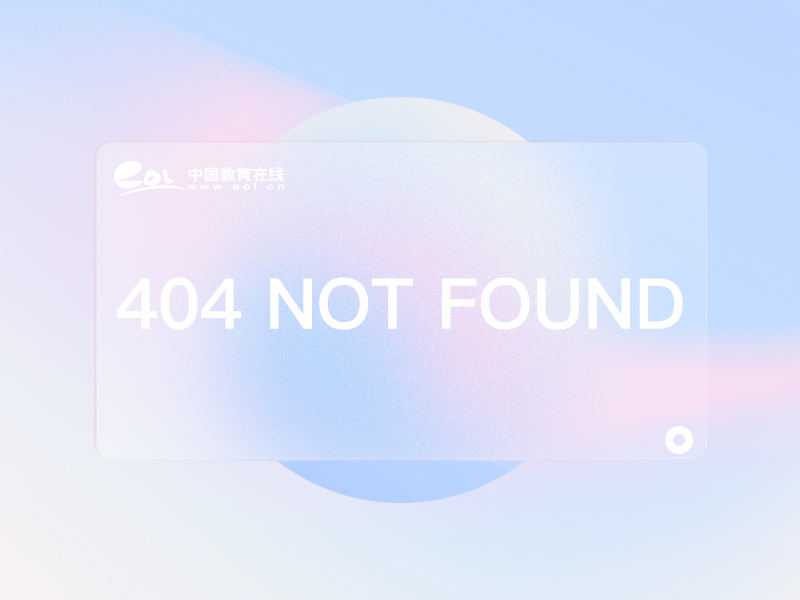
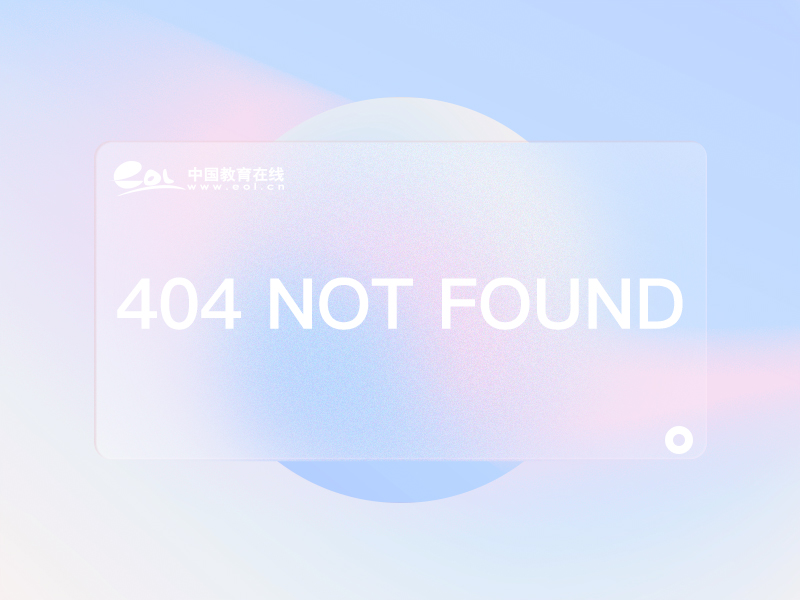
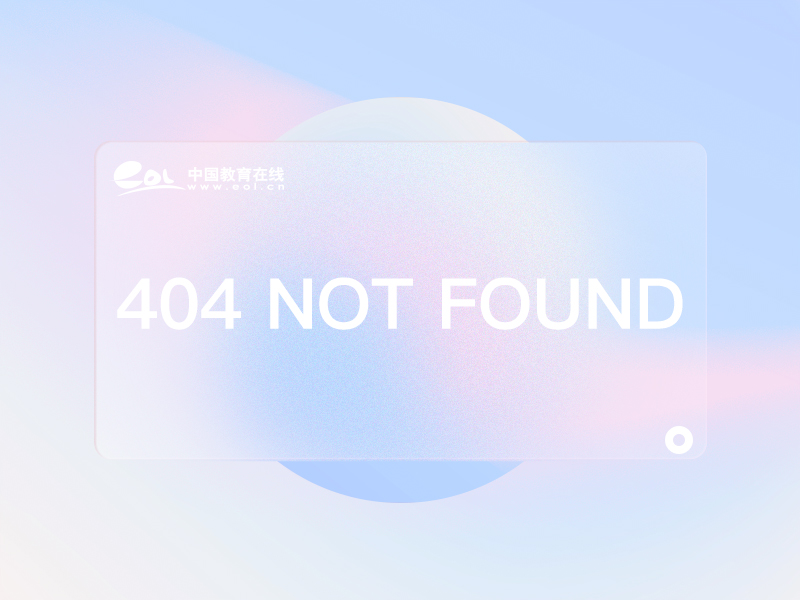
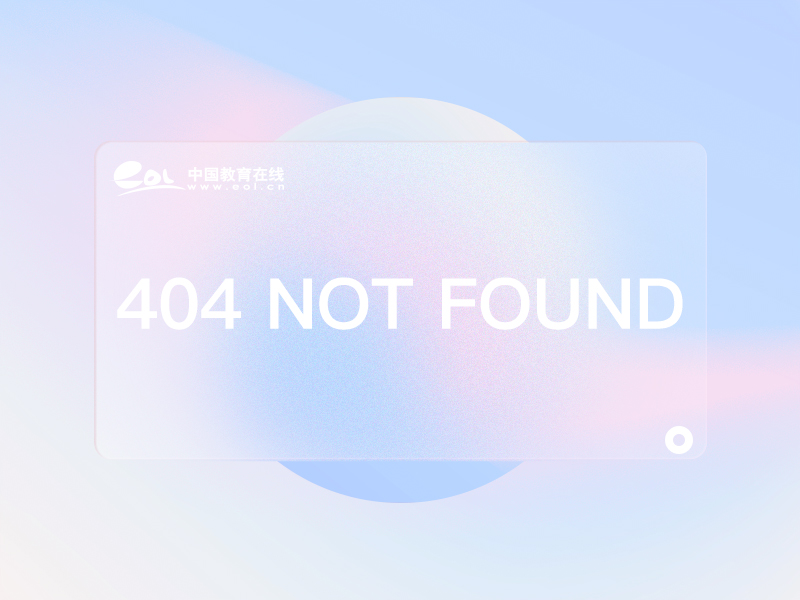
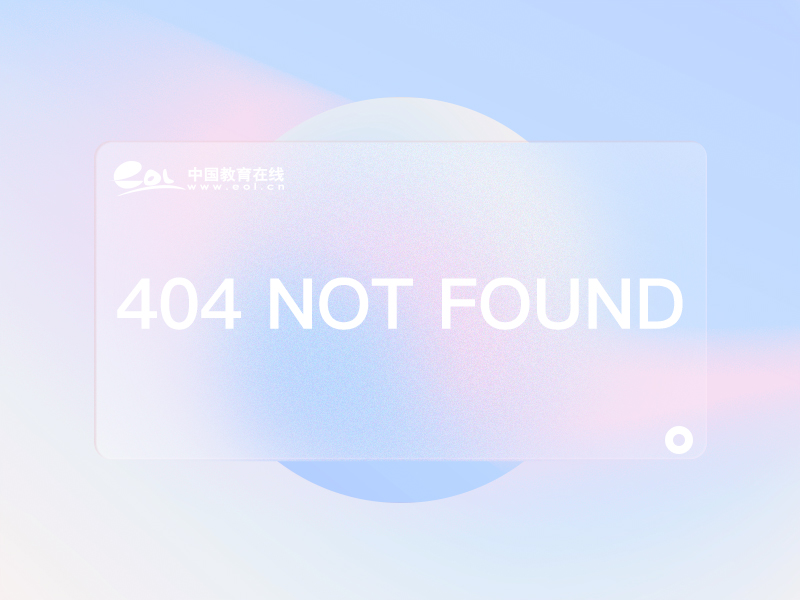
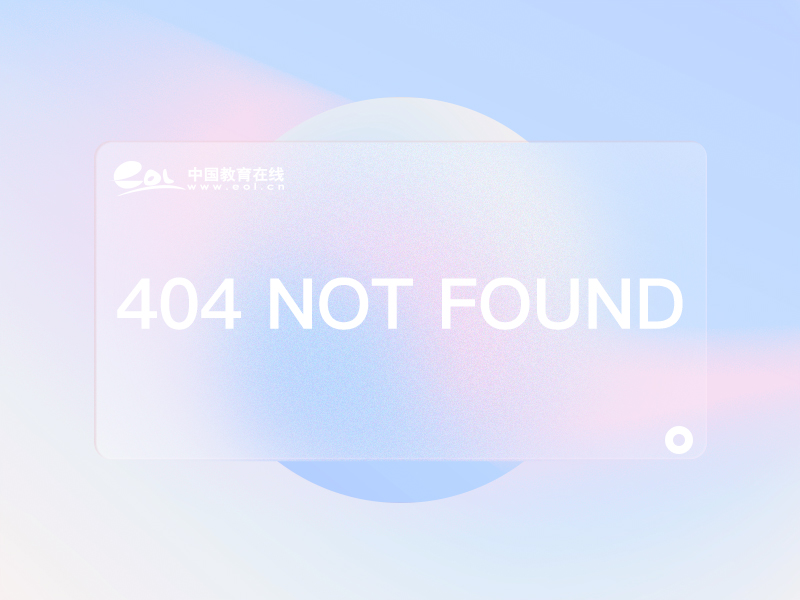
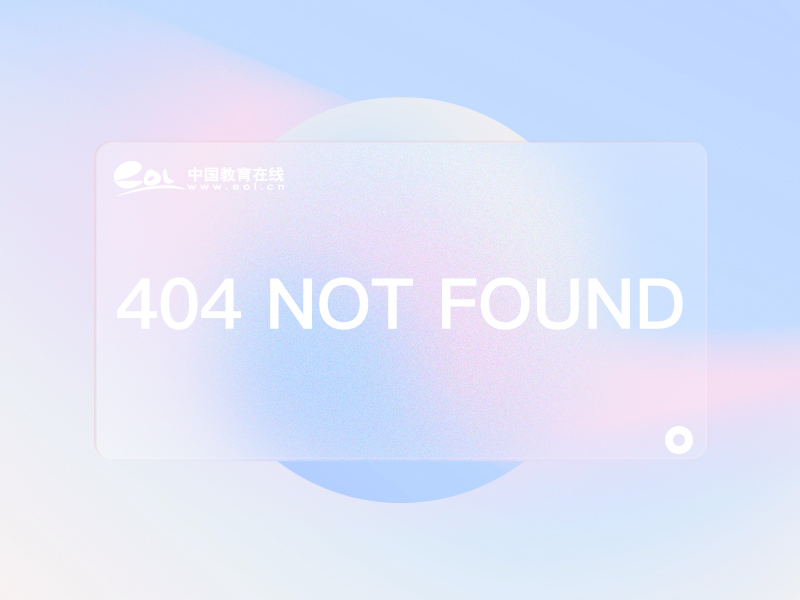
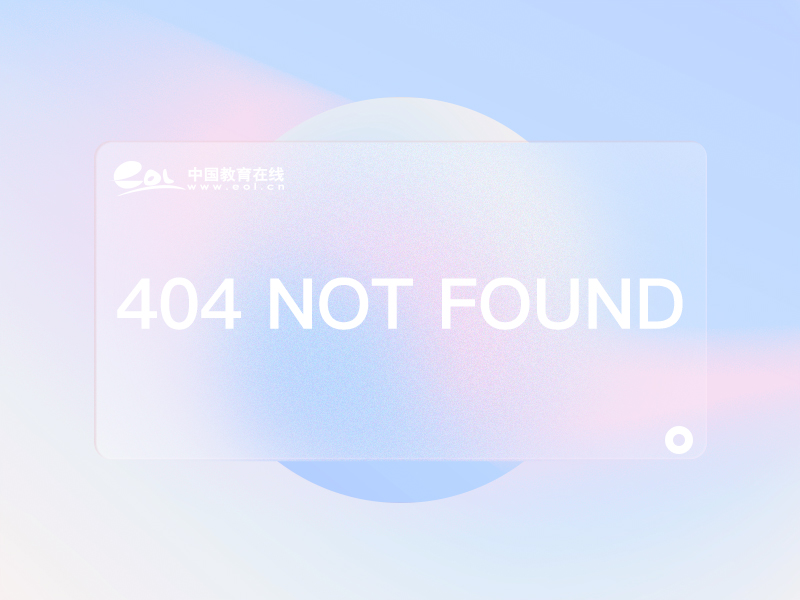
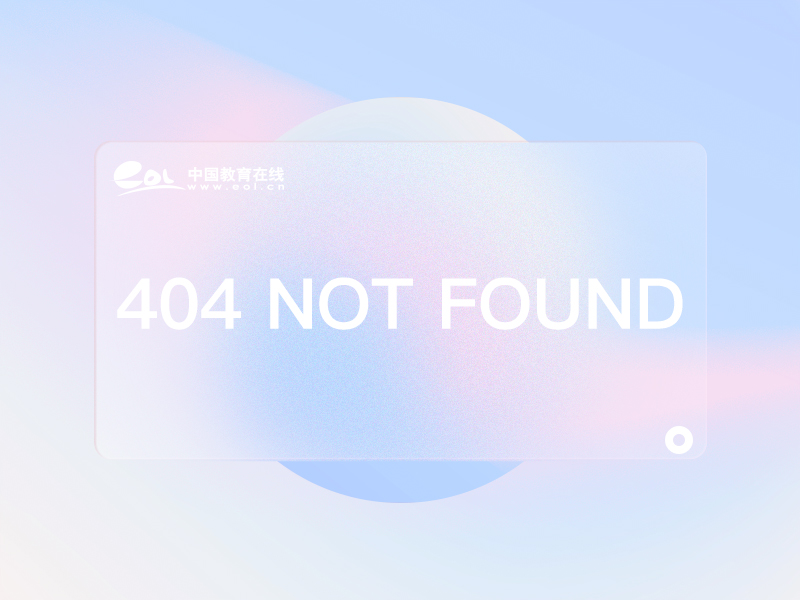














 1183
1183

 被折叠的 条评论
为什么被折叠?
被折叠的 条评论
为什么被折叠?








